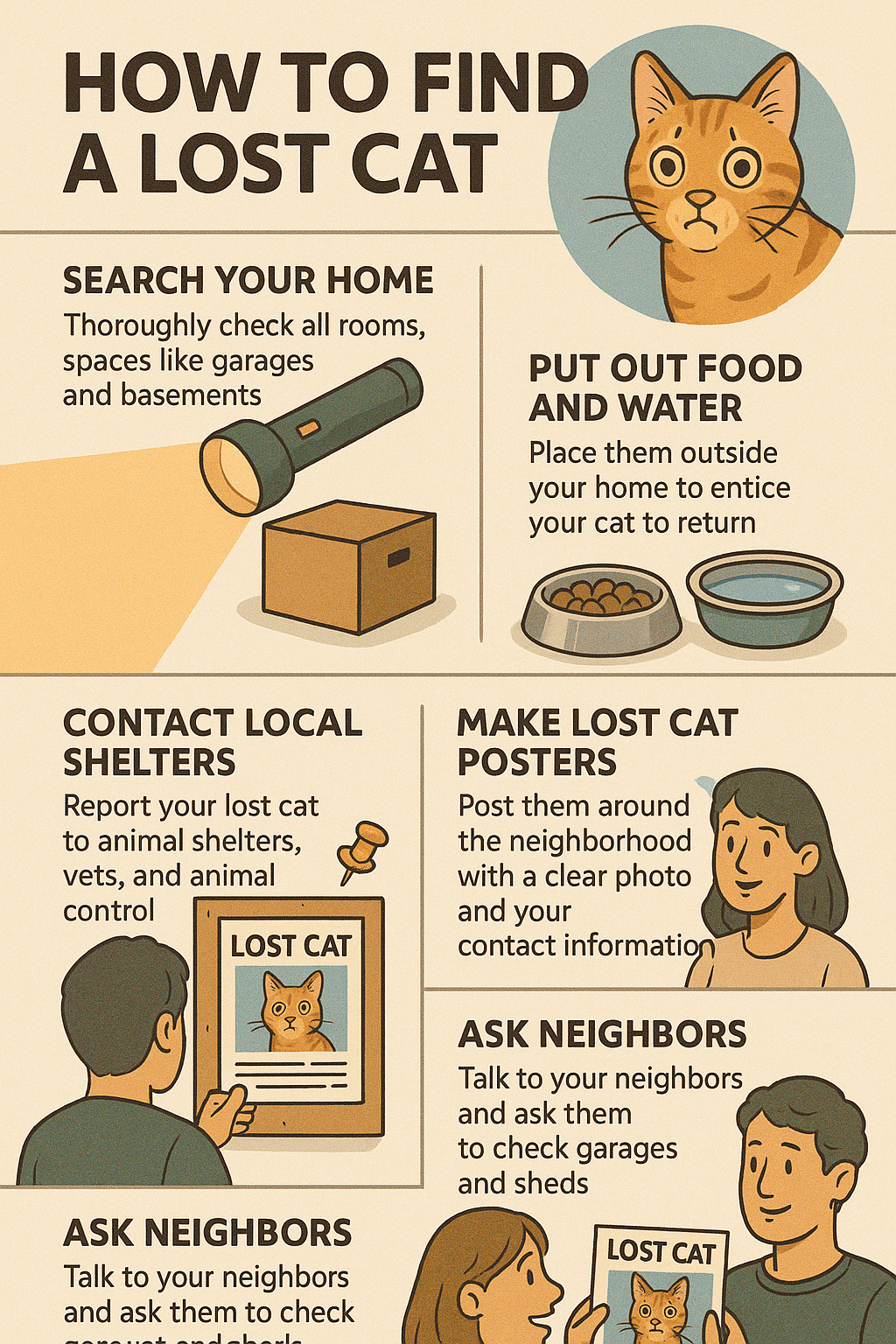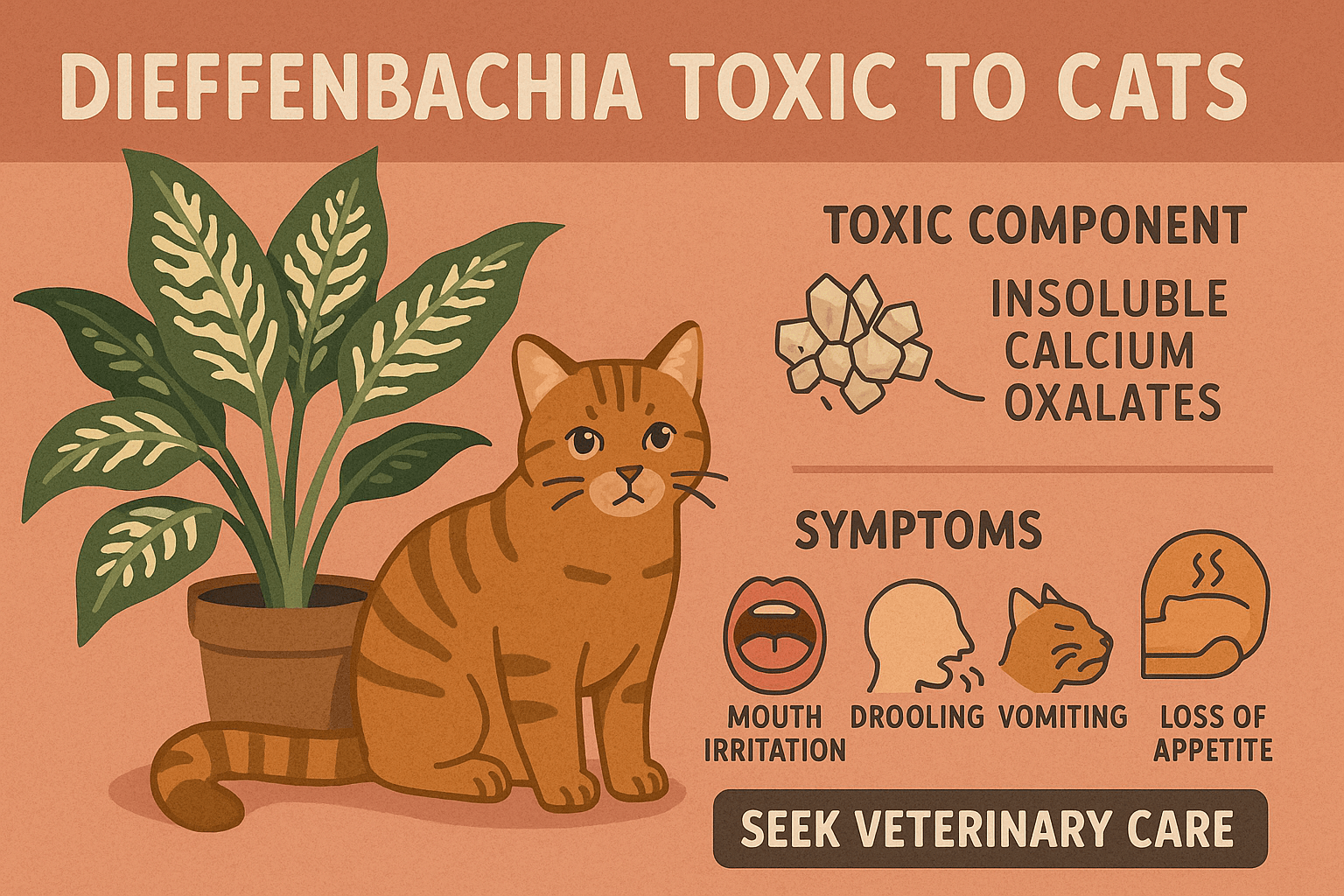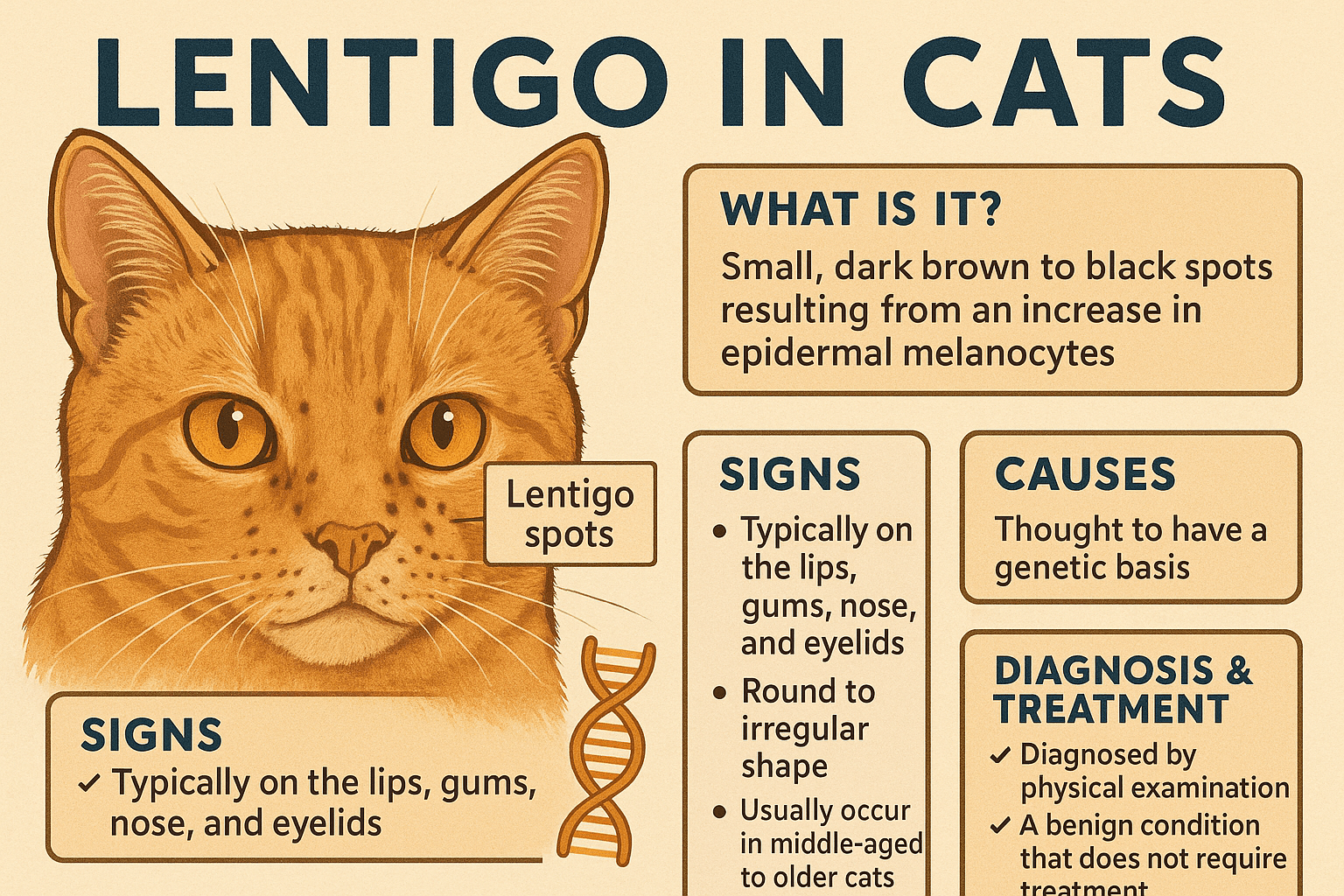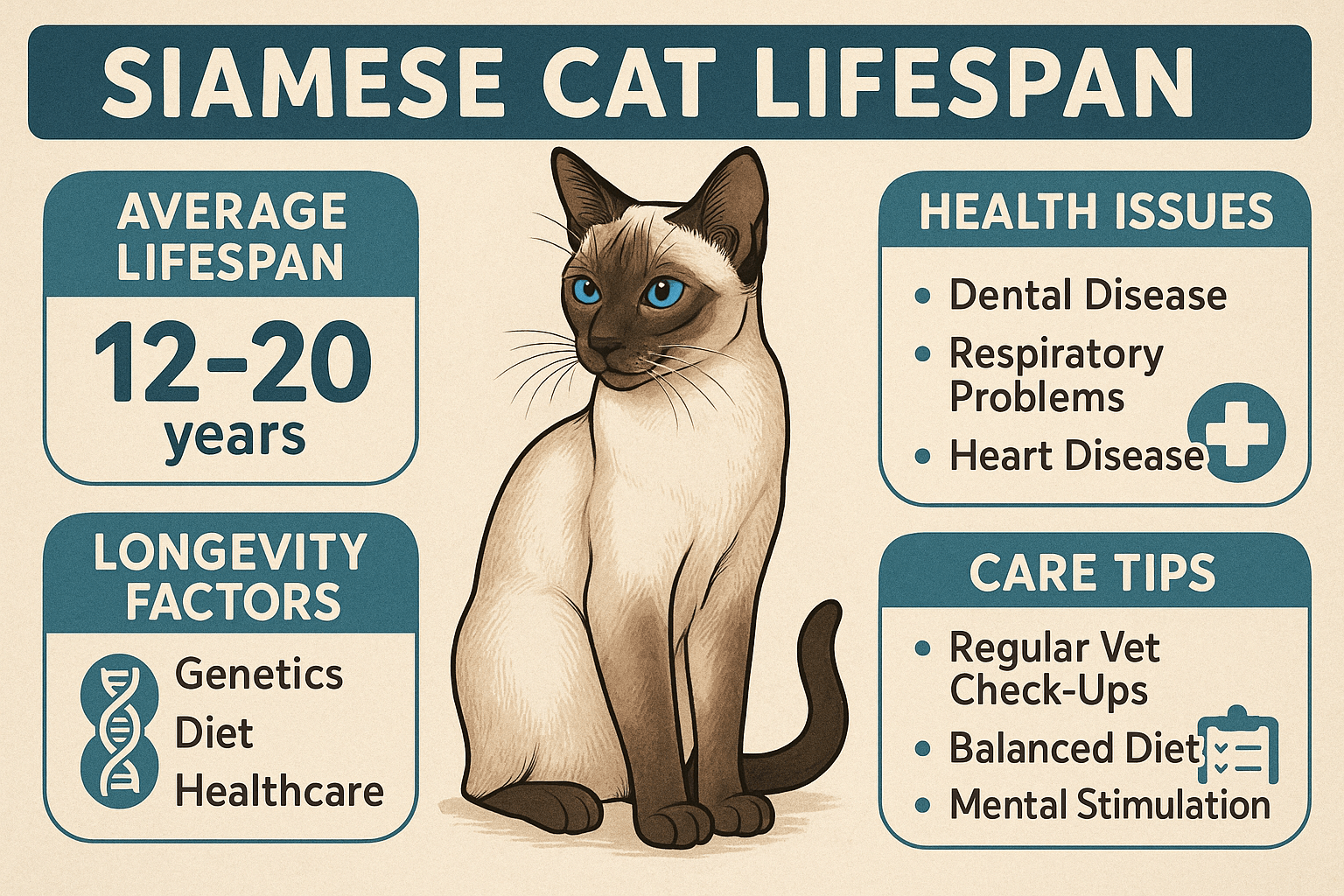Can Cats Eat Rhubarb? Understanding the Risks and Alternatives
Cats are naturally curious creatures, often sniffing around or nibbling on things they shouldn’t. If you’ve ever caught your feline friend eyeing a stalk of rhubarb in your garden or kitchen, you might wonder whether it’s safe for them to eat. While rhubarb is a delicious and nutritious vegetable for humans, its effects on cats are far less benign. In fact, rhubarb can pose serious health risks to our furry companions if ingested. In this blog post, we’ll explore why rhubarb is dangerous for cats, what symptoms to watch for, and how to keep your pet safe from accidental poisoning. Let’s dive into everything you need to know about cats and rhubarb.
Why Rhubarb Is Toxic to Cats
Rhubarb contains compounds that can be harmful to cats, particularly when consumed in large quantities. Understanding these toxic elements helps explain why this vegetable is off-limits for feline diets.
Oxalates in Rhubarb Leaves:
The leaves of rhubarb contain high levels of oxalates, which can lead to kidney damage and other complications if ingested by cats.Toxicity in Stalks:
While the stalks are less toxic than the leaves, they still contain oxalic acid, which can irritate your cat’s digestive system.Kidney Stress:
Oxalates bind to calcium in the body, forming crystals that can cause kidney stress or even failure in severe cases.Digestive Upset:
Consuming rhubarb can lead to vomiting, diarrhea, and abdominal pain due to the irritation caused by oxalic acid.Metabolic Imbalance:
The presence of oxalates can disrupt your cat’s calcium balance, leading to muscle weakness and other metabolic issues.
These factors make rhubarb a risky choice for cats, emphasizing the importance of keeping this plant out of their reach.
Signs Your Cat May Have Eaten Rhubarb
If your cat has accidentally ingested rhubarb, it’s crucial to recognize the symptoms early to seek veterinary care promptly. Here are some common signs of rhubarb toxicity in cats.
Vomiting and Diarrhea:
Gastrointestinal upset is one of the first signs your cat may have eaten something toxic.Lethargy and Weakness:
A lack of energy or difficulty moving could indicate metabolic disturbances caused by oxalates.Excessive Drooling:
Drooling is often a response to nausea or irritation in the mouth or throat.Difficulty Urinating:
Kidney stress from oxalates may result in changes to urination patterns, such as straining or reduced output.Tremors or Seizures:
In severe cases, neurological symptoms like tremors or seizures may occur due to calcium imbalances.
Recognizing these signs quickly allows you to act fast and minimize potential harm to your cat.
Check this guide 👉Can Cats Eat Pig Ears? Best 7 Expert Tips!
Check this guide 👉Can Cats Eat Taro? Best 7 Expert Tips!
Check this guide 👉Can Cats Eat Passion Fruit? Best 7 Expert Tips!
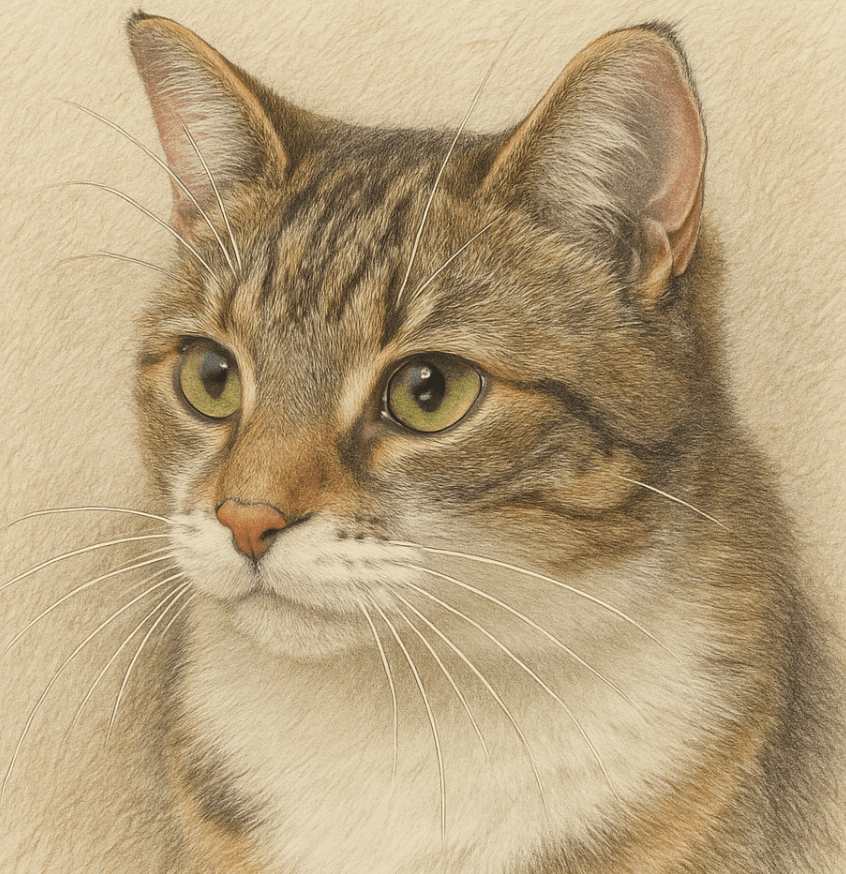
Safe Vegetables for Cats | Toxic Foods to Avoid |
|---|---|
Steamed carrots (plain) | Rhubarb leaves and stalks |
Plain green beans | Grapes and raisins |
Cucumber slices | Onions and garlic |
Zucchini (small amounts) | Chocolate |
Pumpkin puree (unsweetened) | Alcohol |
What to Do If Your Cat Eats Rhubarb
Accidents happen, and if your cat consumes rhubarb, acting quickly is essential to ensure their safety. Follow these steps to address the situation effectively.
Assess the Situation:
Determine how much rhubarb your cat ate and which part (leaves or stalks). This information will help your vet assess the risk.Contact Your Veterinarian:
Call your vet immediately to describe the incident and get professional advice tailored to your cat’s condition.Do Not Induce Vomiting Without Guidance:
Attempting to induce vomiting without veterinary supervision can sometimes worsen the situation.Monitor Symptoms Closely:
Keep an eye on your cat for any signs of illness, such as vomiting, lethargy, or difficulty urinating.Provide Fresh Water:
Ensure your cat has access to fresh water to stay hydrated, especially if they’re showing signs of gastrointestinal distress.
Taking these steps promptly can help mitigate the effects of rhubarb ingestion and protect your cat’s health.
How to Prevent Rhubarb Poisoning in Cats
Prevention is always better than cure when it comes to keeping your cat safe from toxic plants like rhubarb. Here are some practical tips to minimize risks.
Keep Rhubarb Out of Reach:
Store rhubarb in sealed containers or areas your cat cannot access, such as high shelves or locked pantries.Secure Garden Areas:
If you grow rhubarb in your garden, fence off the area or supervise outdoor time to prevent accidental nibbling.Educate Family Members:
Make sure everyone in your household knows not to feed rhubarb—or any human food—to your cat.Use Pet-Safe Plants Indoors:
Opt for non-toxic houseplants and vegetables to reduce the risk of accidental poisoning.Regularly Check for Hazards:
Periodically inspect your home and garden for plants or foods that could harm your cat.
By taking these precautions, you can create a safer environment for your curious feline companion.
Common Mistakes to Avoid When Feeding Cats Vegetables
Feeding vegetables to cats can be a healthy addition to their diet, but certain mistakes can put their health at risk. Here’s what to avoid when offering veggies to your feline friend.
Feeding Raw Vegetables:
Raw vegetables can be hard to digest; always steam or cook them thoroughly before serving.Adding Seasonings or Spices:
Salt, garlic, onions, and other seasonings are toxic to cats and should never be included.Overfeeding Vegetables:
Cats are obligate carnivores, meaning their diet should primarily consist of meat; vegetables should only be given sparingly.Ignoring Individual Preferences:
Not all cats enjoy vegetables, so don’t force them to eat something they dislike.Assuming All Vegetables Are Safe:
Some vegetables, like rhubarb, onions, and garlic, are toxic to cats and must be avoided entirely.
Avoiding these mistakes ensures your cat stays healthy while enjoying the occasional veggie snack.
Common Mistakes to Avoid When Feeding Cats Vegetables
Feeding vegetables to cats can be a healthy addition to their diet, but certain mistakes can put their health at risk. Here’s what to avoid when offering veggies to your feline friend.
Feeding Raw Vegetables:
Raw vegetables can be hard to digest; always steam or cook them thoroughly before serving.Adding Seasonings or Spices:
Salt, garlic, onions, and other seasonings are toxic to cats and should never be included.Overfeeding Vegetables:
Cats are obligate carnivores, meaning their diet should primarily consist of meat; vegetables should only be given sparingly.Ignoring Individual Preferences:
Not all cats enjoy vegetables, so don’t force them to eat something they dislike.Assuming All Vegetables Are Safe:
Some vegetables, like rhubarb, onions, and garlic, are toxic to cats and must be avoided entirely.
Avoiding these mistakes ensures your cat stays healthy while enjoying the occasional veggie snack.
Understanding Your Cat’s Natural Diet and Instincts
Cats are obligate carnivores, meaning their bodies are designed to thrive on a meat-based diet. Understanding their dietary needs and instincts helps explain why certain foods, like rhubarb, are unsuitable for them.
High Protein Requirements:
Cats require a diet rich in animal protein to meet their nutritional needs, unlike omnivorous humans.Limited Ability to Process Plant Matter:
Their digestive systems aren’t equipped to break down fibrous plants efficiently, making many vegetables unsafe.Hunting Instincts:
Wild cats rely on hunting prey, which provides the nutrients they need; domesticated cats retain this instinct.Sensitivity to Toxins:
Cats metabolize substances differently than humans, making them more vulnerable to certain toxins found in plants.Hydration Needs:
Cats have low thirst drives, so wet food or moisture-rich treats are essential for maintaining hydration.
By aligning your cat’s diet with their natural instincts, you can ensure they remain healthy and satisfied.
Frequently Asked Questions About Cats and Rhubarb
Is any part of rhubarb safe for cats?
No, both the leaves and stalks contain toxic compounds that can harm cats, though the leaves are more dangerous.
What should I do if my cat eats a small amount of rhubarb?
Contact your veterinarian immediately, even if your cat seems fine, as symptoms may take time to appear.
Are there any safe vegetables for cats?
Yes, plain steamed carrots, green beans, and zucchini in small amounts are generally safe for cats.
Can rhubarb kill a cat?
In large quantities, rhubarb can cause severe kidney damage or failure, which may be fatal without treatment.
How can I tell if my cat has been poisoned?
Watch for symptoms like vomiting, diarrhea, lethargy, drooling, or difficulty urinating, and seek veterinary care immediately.
Keeping Your Cat Safe from Rhubarb and Other Toxins
While rhubarb may be a tasty treat for humans, it’s best kept far away from our feline friends. Understanding the risks associated with rhubarb—and knowing how to respond if your cat ingests it—can make all the difference in ensuring their safety. By staying informed, taking preventive measures, and consulting your veterinarian when needed, you can protect your cat from harmful substances and provide them with a happy, healthy life. Remember, curiosity may be a defining trait of cats, but it’s up to us to keep them out of harm’s way.
How to Find a Lost Cat: Best 7 Expert Tips! Discover actionable strategies to locate your missing cat, understand their behavior, and prevent future escapes with expert advice.
Is Dieffenbachia Toxic to Cats? Best 7 Expert Tips! Discover the dangers of Dieffenbachia, symptoms of poisoning, and how to keep your cat safe with expert advice and preventive measures.
Lentigo in Cats: Best 7 Expert Tips! Discover expert advice on understanding, identifying, and managing lentigo in cats to ensure your feline's health and happiness.
Siamese Cat Lifespan: Best 7 Expert Tips! Discover how to maximize your Siamese cat’s longevity with expert advice on health, care, and lifestyle for a happy, thriving feline companion.

